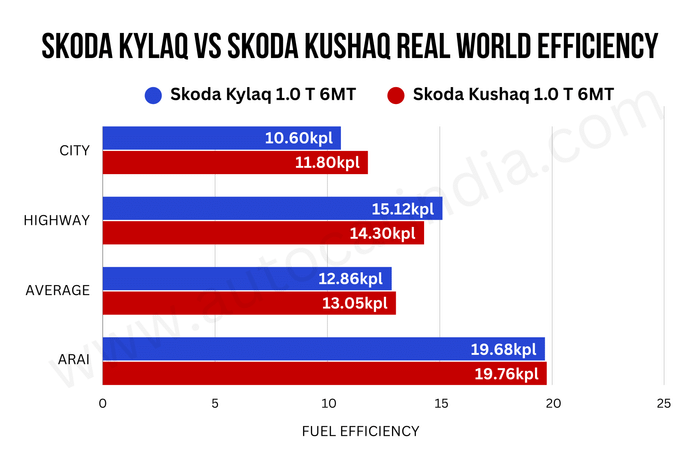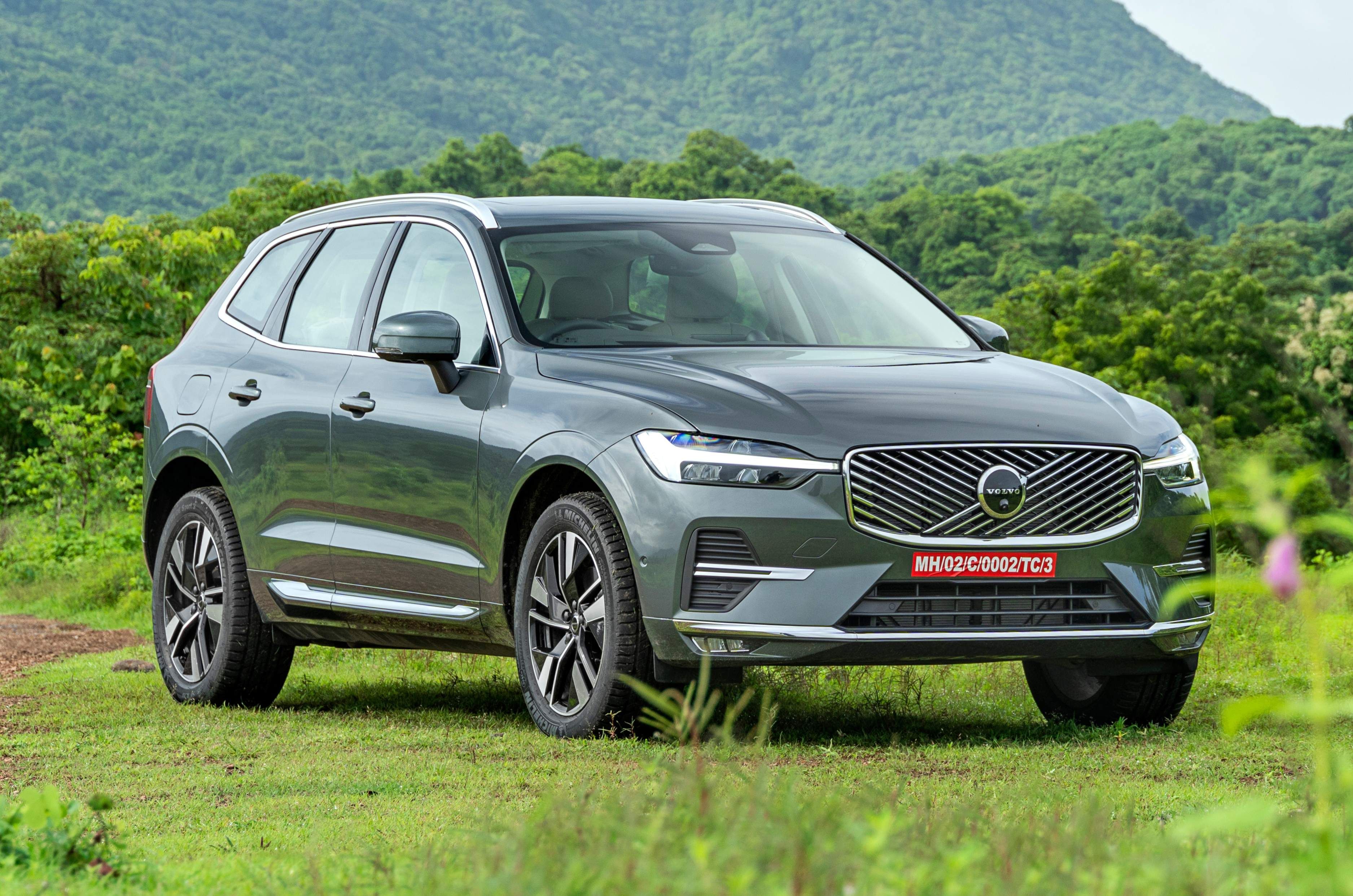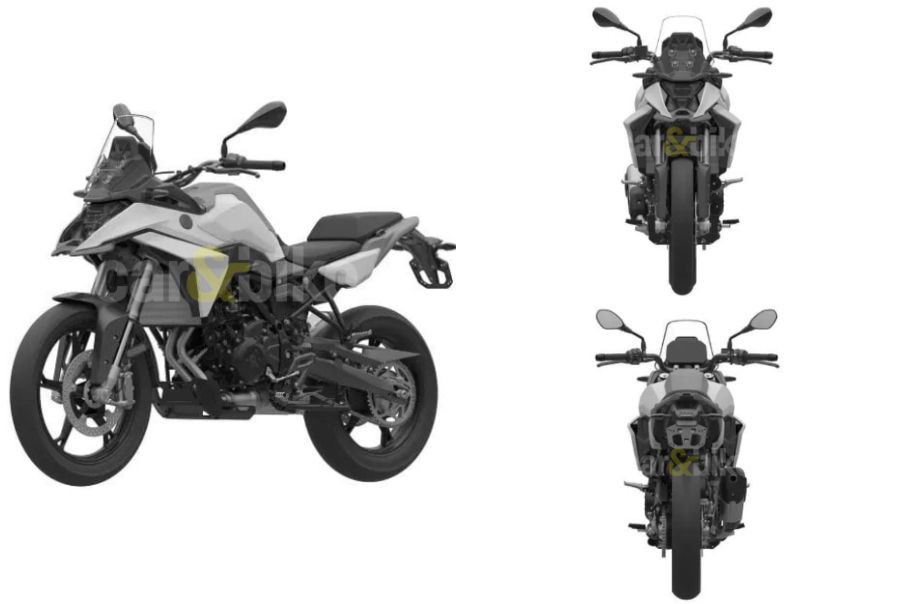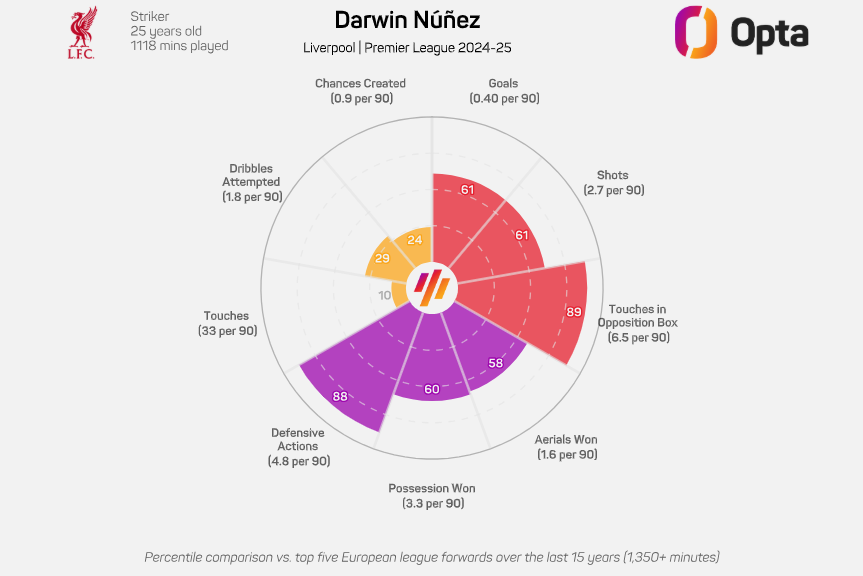The SR 175 uses an enlarged version of the SR 160’s engine.
Aprilia has silently rolled out the SR 175 to replace the 160 in its lineup and we have been able to spend an extended duration testing this scooter putting it through our instrumented tests. Here are the fuel efficiency numbers of the latest big Aprilia SR.
Aprilia SR 175 real world fuel efficiency
It managed to deliver over 40kpl out on the highway
Our routine dictates that we perform the highway test first wherein we ran the SR 175 for a little over 56km on the open road after which it needed 1.35 litres of petrol to brim its tank. Thus, the SR 175 returned 41.78kpl on the highway.
After that, we proceeded to the urban confines of Mumbai, where we ran it for a smidge under 50km. The SR then needed 1.40 litres of petrol for its tank to be brimmed once more and therefore, we arrive at a city fuel economy number of 35.21kpl.
Aprilia SR 175 fuel economy analysis
Big engine and lack of start/stop tech can prove to be a thirsty combination
The Aprilia SR scooters have never been known for returning exceptional fuel economy and the 175 goes down a similar path, at least partially. Out on the highway, if you keep the speeds between 70-80kph with gentle throttle openings, you can see upwards of 40kpl, which is a decent number for an engine of this size.

However, inside the city, there’s no escaping the fact that this can be a bit of a thirsty engine – especially in comparison to other scooters. While the engine has a good reserve of power, its decidedly simple architecture and lack of start/stop tech do mar its fuel economy inside city traffic – an environment where it is likely to be predominantly used.
The mileage figures we achieved were when riding in a way mimicking other road users so if you are more aggressive with your right hand – something the SR 175 can goad you into doing – expect your fuel economy to reflect that.
Autocar India’s fuel-efficiency testing
Our fuel-efficiency testing routine starts by first brimming the tank and ensuring the scooter is running the manufacturer’s recommended tyre pressures. The scooter is then ridden on fixed city and highway routes, where we maintain average speeds that best mimic real-world scenarios as well as keeping speed limits in mind. The payload on the vehicle is kept constant by balancing rider weights and ballast, ensuring consistency across different vehicles and riders. At the end of the test cycle, the fuel tank is once again filled to the brim, giving us an accurate figure of how much fuel has been consumed against the trip meter reading.
Also See: Suzuki Access 125 real-world fuel economy tested, explained























































